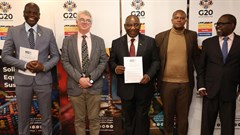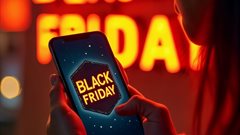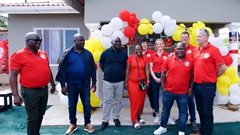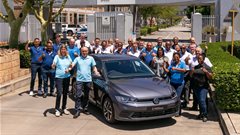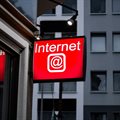Jaguar’s recent rebrand, intended to signal its transition to electric vehicles, has instead sparked widespread criticism. Rather than being celebrated, the rebrand has divided opinions, leaving many questioning the company’s new direction. This example highlights the challenges brands face when navigating major changes in saturated and scrutinising markets.
There is often a misconception that PR can solve everything - that it can simply sweep a faux pas under the rug or craft an irresistible narrative to overcome setbacks overnight. However, successful launch recoveries require more than compelling storytelling and a surge in PR activity.
Why products fail and what brands can learn
Product failures frequently stem from inadequate market research, poor differentiation, and misaligned customer expectations. For example, Coca-Cola’s infamous ‘New Coke’ blunder in 1985 was a miscalculated attempt to reverse declining market share by reformulating its flagship recipe. This provoked consumer outrage, leading to more than 400,000 complaints. Within 80 days, Coca-Cola reintroduced the original formula as ‘Coca-Cola Classic’, turning an initially disastrous launch into a lesson.
Similarly, New Balance’s ‘Made in the USA’ campaign faced significant backlash when the brand’s leadership appeared to endorse the Trump administration. Consumers perceived the statement as politically motivated, prompting calls for a boycott. Despite the controversy, the company’s emphasis on American manufacturing resonated with a core audience who valued locally made products. New Balance effectively weathered the fallout by leaning into its commitment to domestic production, ultimately maintaining the buy-in of its supporters.
It is reported that 81% of consumers consider trust a critical factor in their purchasing decisions. This underscores the necessity for transparency and consistent communication in rebuilding customer confidence. These insights reinforce the value of clear, honest PR strategies in improving customer loyalty and reshaping brand perception after a hiccup.
How PR helps brands bounce back
PR can recalibrate a brand’s direction, highlight improvements, and rebuild consumer trust. In short, audit the failure - don’t just mask it with PR. Here are five steps to turn setbacks into comebacks:
1. Embrace transparency: Openly acknowledging mistakes and committing to improvement rebuilds loyalty and enhances credibility, transforming a misstep into a moment of growth. Coca-Cola’s ‘Coca-Cola Classic’ pivot exemplifies this approach.
2. Leverage customer feedback: PR should use authentic feedback to build community and connection, rather than simply pushing a product. Brands like New Balance have shown how listening to customers fosters buy-in despite contention.
3. Shift the narrative: PR’s role isn’t just to address past failures but to shine a light on the brand’s future. Highlight improvements, innovations, and partnerships that signal growth and demonstrate a clear path forward.
4. Harness social proof: Authenticity is key. Partner with influencers who genuinely align with the brand’s mission and values, focusing on smaller, highly engaged communities to build trust.
5. Emphasise evidence: Regain confidence with measurable results, clear data, and third-party endorsements. For example, Samsung rebuilt its credibility by highlighting its enhanced safety measures following the Galaxy Note 7 crisis, which saw over two million devices being recalled due to faulty batteries.
In the ever-evolving landscape of consumer expectations, brands are increasingly judged not just by their successes but how they navigate challenges. These obstacles, whether product-related or reputational, can feel insurmountable. Yet, when handled strategically, they can become a powerful indicator of a brand’s ability to adapt and innovate. Ultimately, what sets successful brands apart is their capacity to harness these moments as turning points - opportunities to rebuild trust, reinforce authenticity, and emerge with a renewed sense of purpose.
Brand resilience thrives on genuine engagement, transparency, and strategic recalibration. Guided by PR, brands can transform failures into growth opportunities, emerging stronger, more trusted, and future ready.













